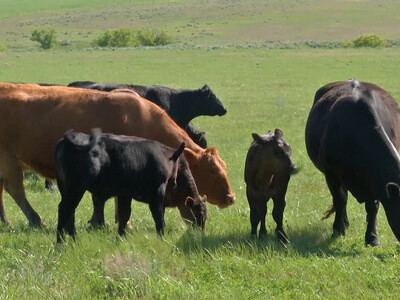West Nile
The Idaho State Department of Agriculture (ISDA) Animal Health Laboratory has confirmed its first equine case of West Nile Virus this year. The affected horse is located in Owyhee County and is under the treatment of a veterinarian.
The most common signs of WNV in horses are fever and weakness, usually in the hindquarters which is sometimes seen as a widened stance, stumbling, leaning to one side and toe dragging. Mental conditions such as fearfulness, lip-smacking, chewing movements and fine muscle tremors may be noticed. In extreme cases of WNV infection, paralysis and inability to stand may follow.
West Nile is most commonly spread to people and horses through the bite of an infected mosquito. The public should continue to take precautions in areas with WNV-affected mosquitoes and precautions should extend to animals.
The ISDA recommends two essential protections for equines and small camelids: vaccination and physical precautions.
"The WNV vaccination remains a very important preventive measure," said Idaho State Veterinarian Dr. Bill Barton. "Nearly 98 percent of horses that test positive for WNV have never been adequately vaccinated. Equine owners should speak with their veterinarians about the WNV vaccination as well as how to follow an annual booster schedule. Horses that have been vaccinated in previous years need boosters; a one-time vaccination is not enough."
Physical WNV precautions include using fans and repellants to keep mosquitoes away from equines. Additionally, horse owners should remove standing water on or near their property whenever possible.
Additional information about the virus and a map of known affected counties is available from the Idaho Department of Health and Welfare's website, www.westnile.idaho.gov.
Idaho State Veterinarian Dr. Scott Liebsle "The most common sign of WNV in horses is a fever and weakness, usually in the hindquarters; sometimes seen as a widened stance, stumbling, leaning to one side and toe dragging. Sometimes they will sit like a dog, we call it dog sitting because they don't have the strength and the rear quarters. They have the strength in the front quarters but have to sit. Depression and other mental conditions such as fearfulness, lip-smacking, chewing movements and fine muscle tremors may be noticed. In extreme cases of WNV infection, paralysis and inability to stand may follow. Something that also accompanies West Nile is facial twitching in their muzzle or nose area."














